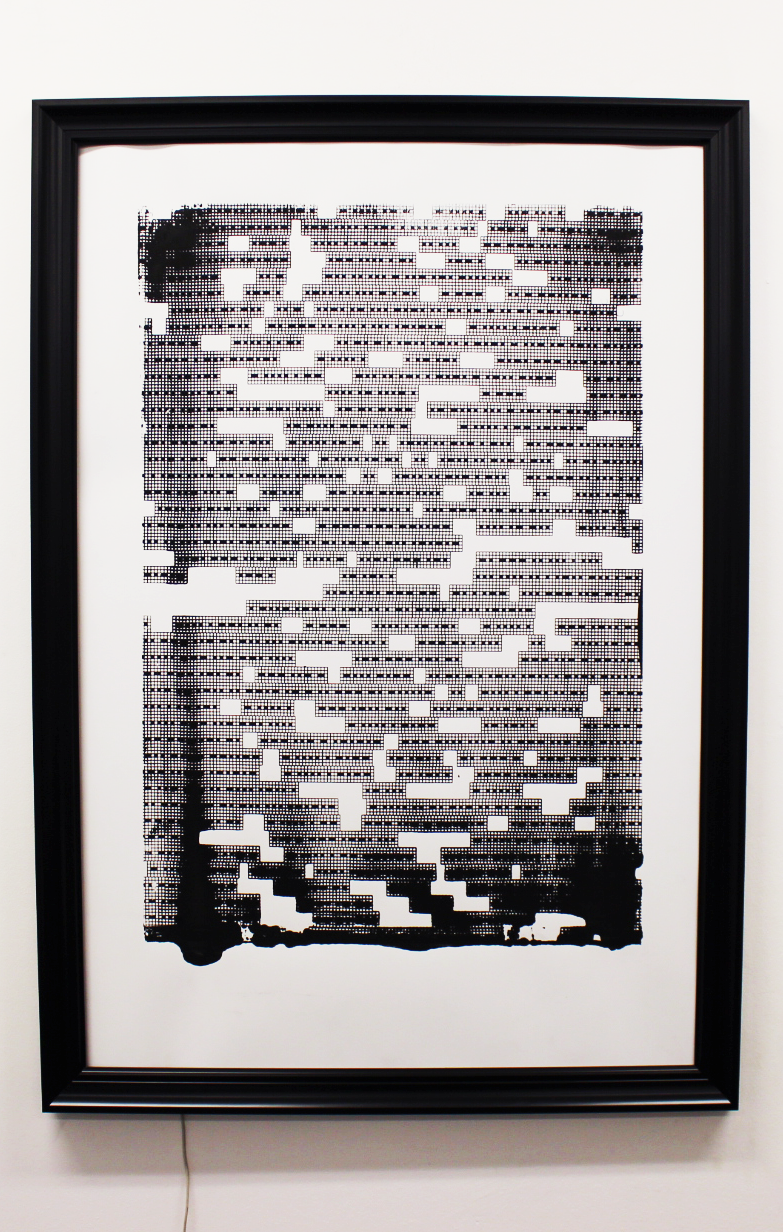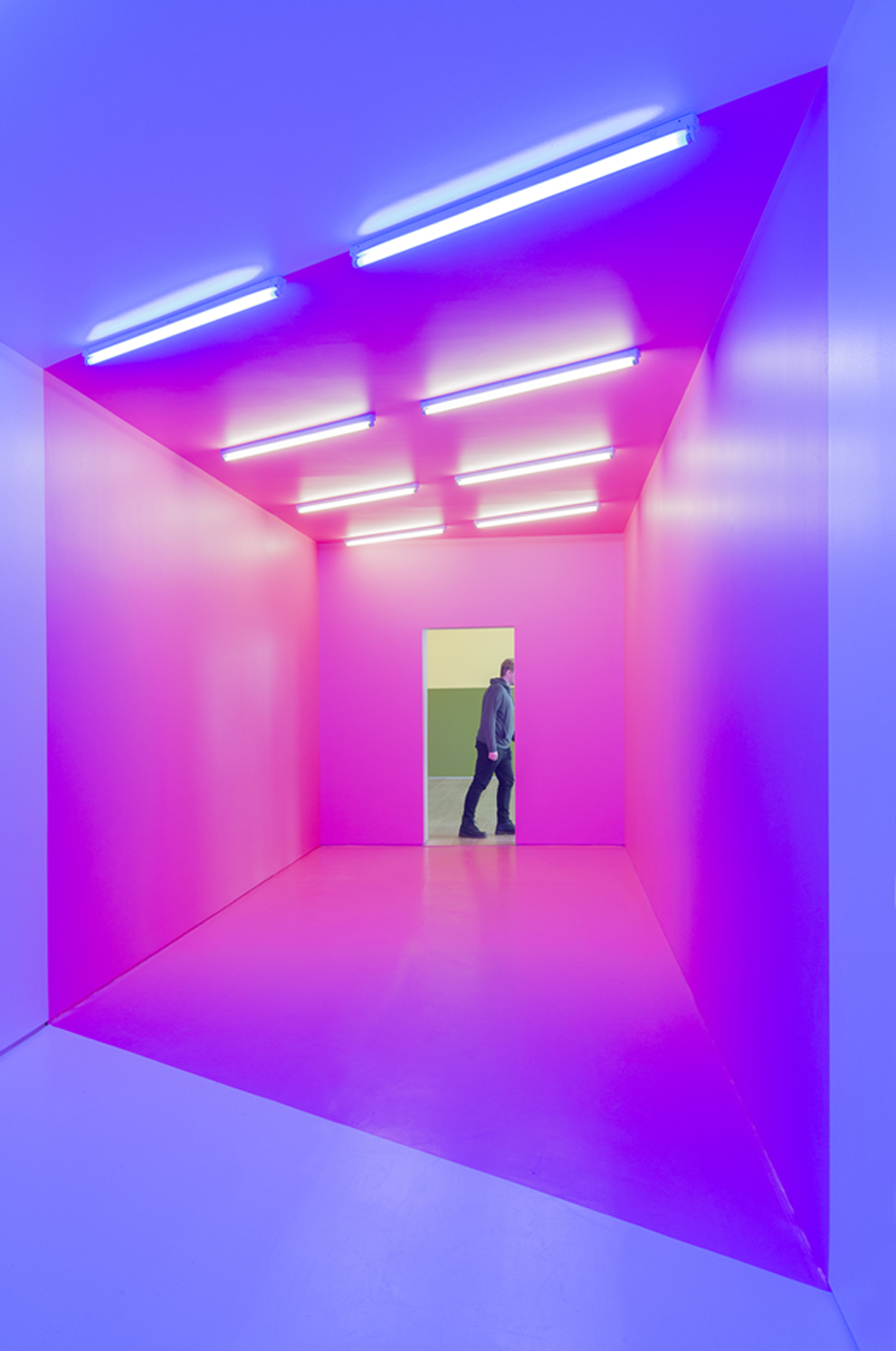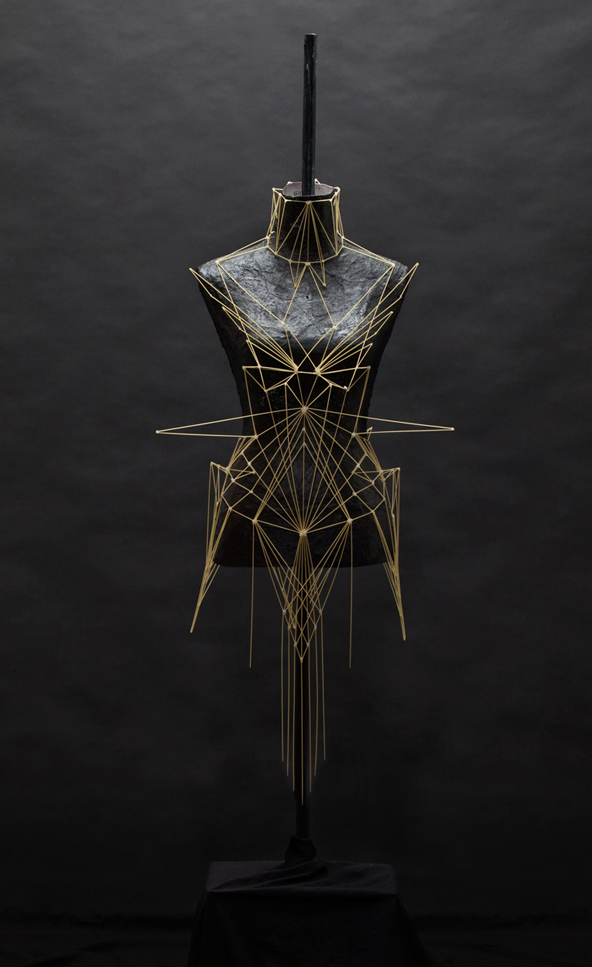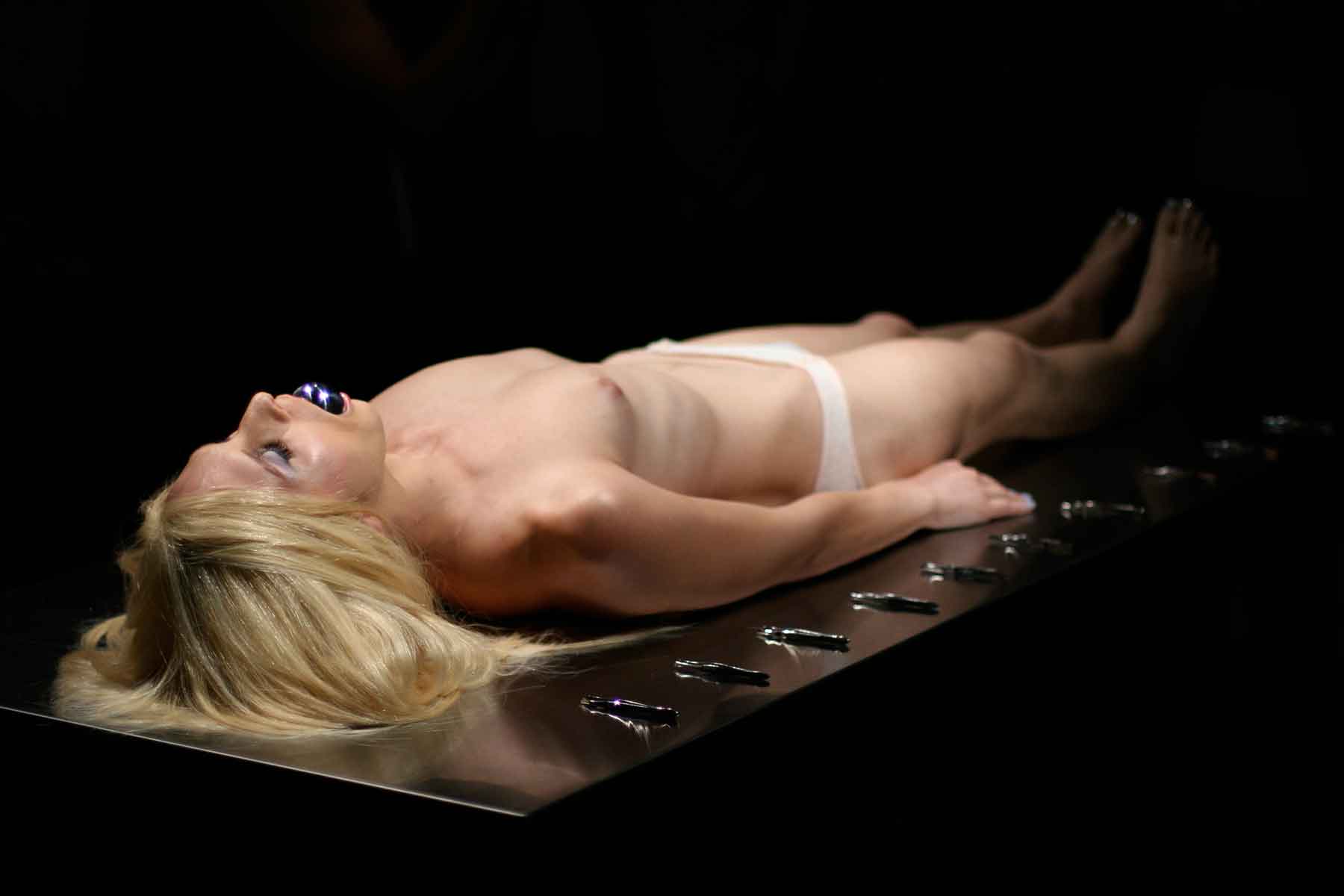أندريه تاركوفسكي
塔可夫斯基
アンドレイ·タルコフスキー
Андрей Тарковский
nostalghia
From the opening images of Nostalghia (1983), Andrei Tarkovsky presents the two disparate worlds-the spare, monochromatic landscape of the Russian countryside and the lush, idyllic meadows of rural Italy-that collided within the soul of Russian author, Andrei Gortchakov (Oleg Yankovsky). Gortchakov has travelled to Italy on an extended research expedition to retrace the emigrant journey of an acclaimed eighteenth century Russian composer named Pavel Sosnovsky who, despite achieving international recognition away from his homeland, eschewed fame and returned to the humble life of a feudal serf, only to sink further into despair and commit suicide. Gortchakov, accompanied by his translator, Eugenia (Domiziana Giordano), has travelled to the hills of Tuscany to see Piero della Francesca’s Madonna of Childbirth, but upon arriving, becomes disinterested in the attraction, and forgoes the church visit. Left alone at the foothills as Eugenia ventures alone, Gortchakov quotes a resigned passage that reflects his own feelings of inertia: “I’m tired of these sickeningly beautiful sights. I want nothing more just for myself. That’s enough.”
cinema full















